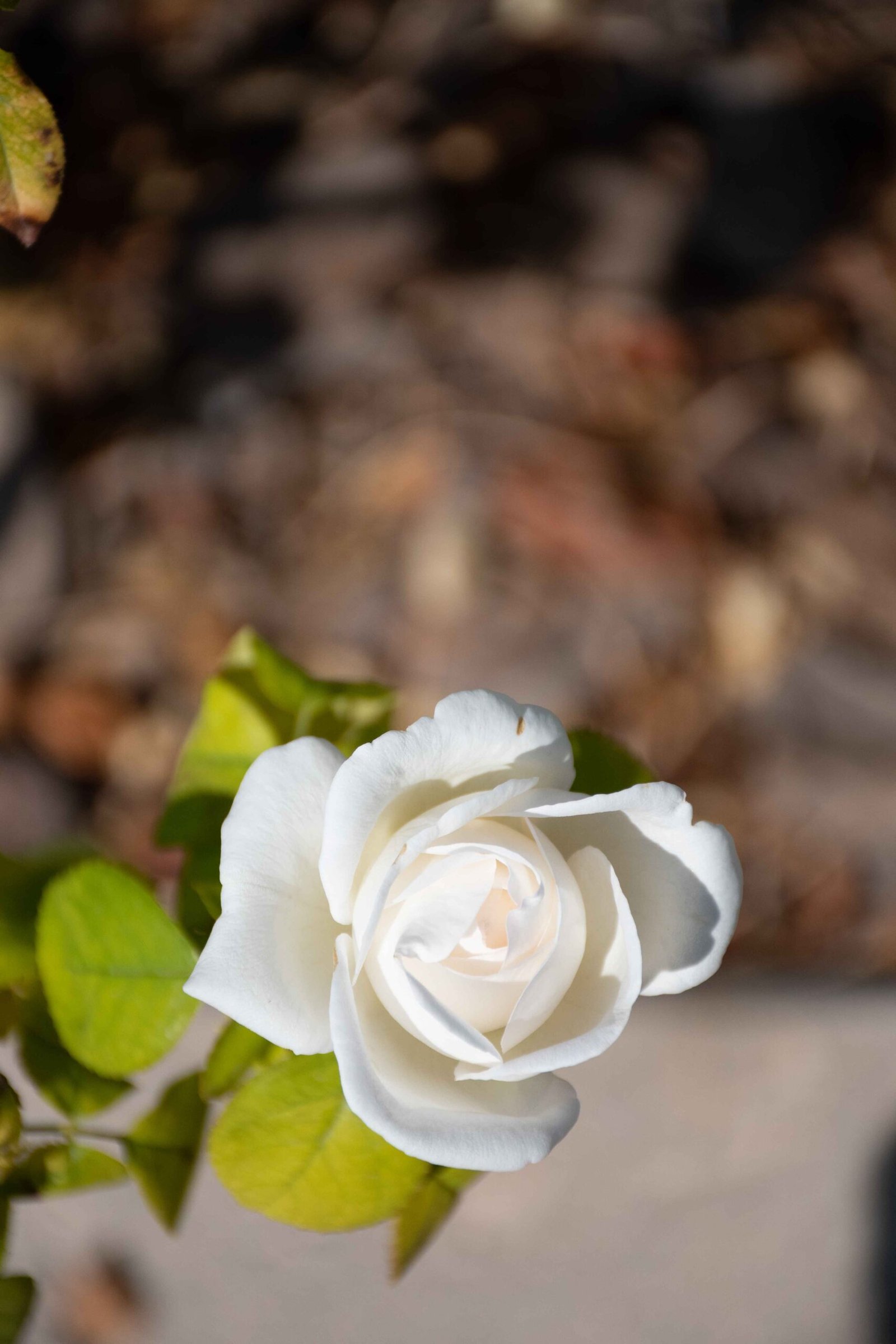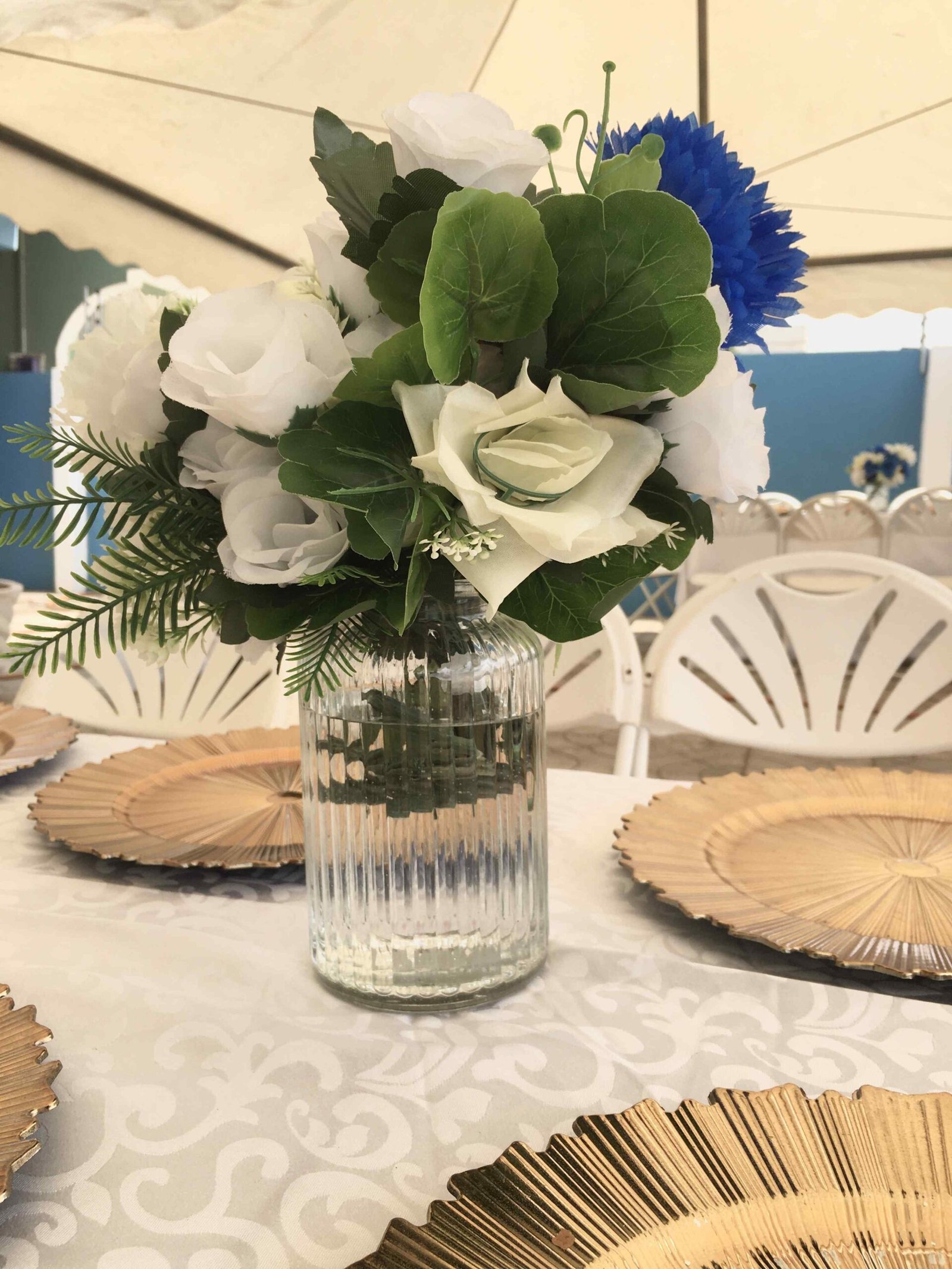What Do Rose Seeds Look Like?

Rose seeds are small, irregularly shaped, and typically brown or tan in color. They are contained within the rose hip, which is the fleshy, berry-like fruit of the rose plant. The rose hip is usually red to orange in color and can have small wisps of hair at the bottom.
What is the Size and Shape of Rose Seeds?

Rose seeds are typically small, measuring between 4.5 to 6 millimeters in length. They have an irregular shape, unlike the more uniform appearance of some other common garden seeds.
What is the Color and Texture of Rose Seeds?
The color of rose seeds can vary depending on the species and variety, but they are often brown or tan. The seeds have a hard seed coat, which can require scarification to break dormancy and allow for germination.
How Do Rose Seeds Compare to Other Seeds?
Rose seeds are smaller and more irregular in shape than many common garden seeds, such as sunflower seeds or pumpkin seeds. They are also more irregular in shape compared to seeds like those of tomatoes or peppers.
How Are Rose Seeds Harvested and Stored?
Rose seeds are harvested from the rose hips, which are typically ready for harvest in the fall after they have turned red or orange and have detached easily from the stem. It is recommended to harvest them after they have been exposed to frost, as this makes them sweeter and more flavorful.
For germination, rose seeds often require cold stratification. They should be stored in a medium such as damp sphagnum moss, peat moss, or sand at a temperature around 2.8°C (37°F) for 8-12 weeks. This helps break the physical and physiological dormancy of the seeds.
How Do Rose Seeds Germinate and Grow?
Rose seeds germinate best when exposed to light, and the germination process can be stimulated by cold stratification. The seeds will start to sprout after the stratification period, showing a small root and then the emergence of the first leaves.
After germination, the seedlings will develop their first set of leaves, which are usually compound and pinnately arranged. The young stems are smooth and green, eventually developing prickles as they mature. The seedlings will grow slowly at first, requiring adequate moisture, temperature, and oxygen for optimal growth.
Reference:
1. MDPI – Seed Germination within Genus Rosa: The Complexity of the Process
2. Britannica – Rose | Description, Species, Images, & Facts
3. Foraging Rose Hips & Wild Rose: Identification, Harvesting, & Uses
